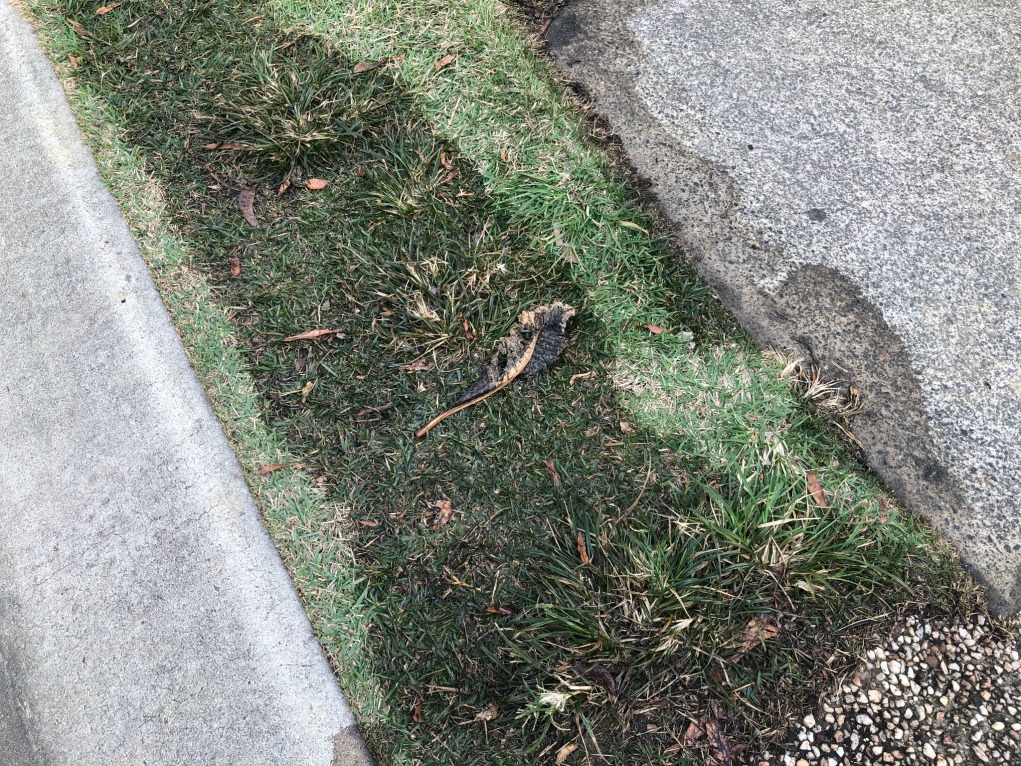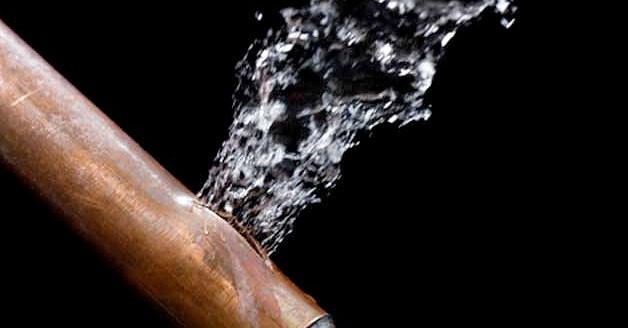The article author is making a few great points on Leaking water lines overall in this content directly below.

Early detection of leaking water lines can mitigate a prospective calamity. Some little water leakages might not be visible.
1. Examine the Water Meter
Every house has a water meter. Checking it is a guaranteed way that aids you find leaks. For starters, switch off all the water resources. Make certain no person will certainly flush, utilize the faucet, shower, run the washing device or dish washer. From there, go to the meter and watch if it will alter. Given that nobody is using it, there must be no movements. If it relocates, that suggests a fast-moving leak. If you identify no modifications, wait an hour or 2 as well as inspect back once more. This suggests you might have a slow-moving leak that could also be below ground.
2. Examine Water Intake
Assess your water expenses and also track your water usage. As the one paying it, you need to notice if there are any type of disparities. If you spot sudden changes, in spite of your intake coinciding, it means that you have leaks in your plumbing system. Keep in mind, your water expense need to drop under the same variety on a monthly basis. A sudden spike in your expense indicates a fast-moving leakage.
Meanwhile, a steady rise on a monthly basis, despite having the exact same practices, reveals you have a slow-moving leak that's additionally gradually escalating. Call a plumber to extensively inspect your home, especially if you feel a cozy area on your floor with piping beneath.
3. Do a Food Coloring Examination
When it concerns water usage, 30% originates from bathrooms. Test to see if they are running correctly. Decline specks of food color in the tank as well as wait 10 minutes. There's a leakage in between the storage tank as well as dish if the color somehow infiltrates your bowl during that time without flushing.
4. Asses Exterior Lines
Don't fail to remember to inspect your outside water lines also. Needs to water permeate out of the connection, you have a loose rubber gasket. One tiny leakage can throw away lots of water as well as increase your water costs.
5. Evaluate and also Examine the Circumstance
Home owners must make it a practice to examine under the sink counters and even inside cupboards for any type of bad odor or mold and mildew growth. These 2 warnings suggest a leakage so timely focus is called for. Doing regular assessments, even bi-annually, can conserve you from a major trouble.
Extra significantly, if you recognize your home is currently old, keep a watchful eye on your heaters, hose pipes, pipelines and so on. Check for stainings and also deteriorating as most devices and pipelines have a life span. They will likewise normally wear away due to wear and tear. If you think dripping water lines in your plumbing system, do not wait for it to rise. Call a professional plumber today so you do not wind up with an awful mess in your house.
Early detection of dripping water lines can minimize a possible disaster. Some little water leaks might not be visible. Inspecting it is a proven method that helps you discover leakages. One small leakage can waste heaps of water and surge your water costs.
If you suspect dripping water lines in your plumbing system, do not wait for it to rise.
How to Know If Your Home Has a Hidden Leak
Water Meter Reveals Inexplicable Water Usage
If you’d like to test whether or not there’s a leak somewhere in your home, you can do this using your water meter. Here is how to conduct the test:
Don’t use any water in your home for at least 30 minutes; this also means not turning on faucets or water-using appliances.
Go outside, and check your water meter for activity.
If your water meter shows that there was activity, even though no one was using any water, this proves that there is a leak in your home.Visible Mold or Mildew Growth
Leaks behind walls create moist, dark environments that allow mold and mildew to grow and thrive. Eventually, you might see mold growth forming on the wall closest to a hidden leak.
If mold is growing in an area that receives a high amount of moisture, such as a bathroom, it may simply be an indication that better ventilation is needed. However, if you see mold growth on a wall or the ceiling in an area where you would not expect, you probably have a hidden leak.
Musty, Mildew Odor
Sometimes you might not be able to see the mold or mildew that is growing as a result of a leak. However, the smell can give the problem away just as easily. If you catch a whiff of something musty, there’s a good chance that old water is collecting somewhere in your home that you can’t see.
Stained/Warped Walls, Ceilings, or Floors
When your home soaks up water, a variety of red flags can become visible, including ceiling stains, bubbling drywall, warped walls, and sagging floors. While these issues can be caused by excess humidity, they can also be signs that a pipe or plumbing connection has started leaking behind your walls.
Inexplicably High Water Bill
After a while, you get a general sense for what your water bill should be. If you own a pool or sprinkler system, your bill will tend to be higher during summer. However, if you receive a water bill that seems especially high, and you can’t figure out what caused it, then you may have a hidden leak somewhere that’s increasing your bill.
https://www.plumbingjoint.com/blog/2019/july/how-to-know-if-your-home-has-a-hidden-leak/

I ran across that post about Top leak detection hacks when looking around the web. Enjoyed reading our content? Please share it. Let someone else check it out. We value reading our article about Leaking water lines.